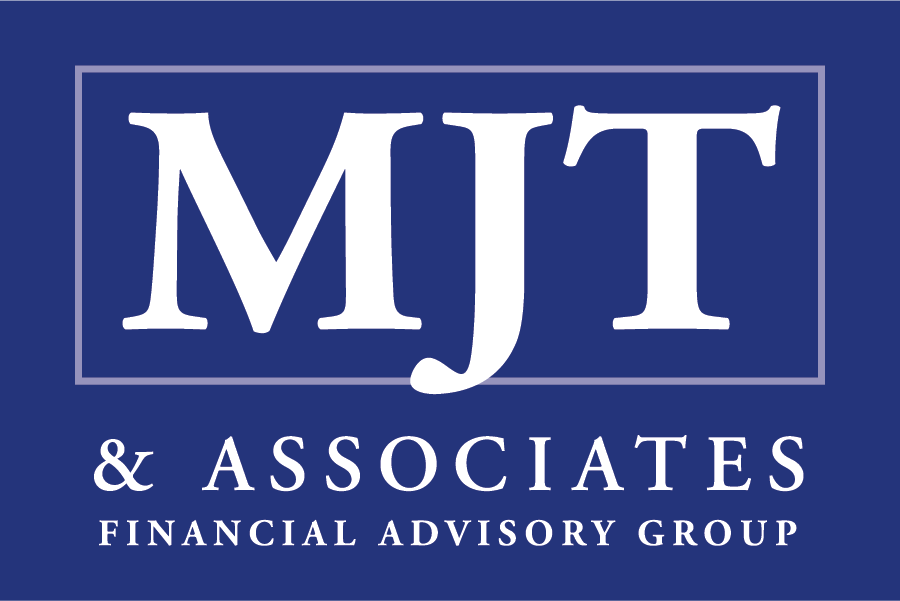As a business owner, you're constantly seeking ways to maximize profits and ensure your company's financial health. While many focus on increasing revenue and cutting costs, there's a crucial aspect of financial management that often goes overlooked: effective tax planning. Strategic tax planning is not just about compliance; it's a powerful tool that can significantly impact your bottom line and contribute to long-term business success.
The complexities of the tax system can be daunting, with ever-changing regulations and intricate rules that vary across industries and jurisdictions. However, navigating these challenges through proper planning can lead to substantial savings and increased profitability. By implementing a comprehensive tax strategy, businesses can optimize their tax position, reduce liabilities, and free up capital for growth and investment opportunities.
Effective tax planning goes beyond simply filing returns on time. It involves a proactive approach that considers your business's unique circumstances, goals, and future projections. By integrating tax considerations into your overall business strategy, you can make informed decisions that not only comply with tax laws but also leverage them to your advantage. This approach can help you identify potential tax-saving opportunities, minimize risks, and ensure that your business is well-positioned to weather economic fluctuations and regulatory changes.
As we delve deeper into the world of business tax planning, we'll explore key strategies, common pitfalls, and real-world examples that demonstrate the power of a well-executed tax plan. By prioritizing this crucial aspect of financial management, you'll be taking a significant step towards maximizing your business's profitability and securing its long-term success in an increasingly competitive marketplace.
Key Tax Planning Strategies for Businesses
Effective tax planning involves a multifaceted approach that can significantly impact a business's financial health. One key strategy is the careful timing of income and expenses. By strategically deferring income or accelerating deductions, businesses can potentially lower their tax burden in a given year. For example, a company expecting higher profits in the current year might choose to prepay certain expenses or delay invoicing clients until the following year, effectively shifting income to a potentially lower tax bracket.
Choosing the right business structure is another crucial aspect of tax planning. Different entity types, such as sole proprietorships, partnerships, LLCs, and corporations, have varying tax implications. A small tech startup, for instance, might opt for an S Corporation structure to benefit from pass-through taxation while still enjoying limited liability protection. Conversely, a larger, established company might find advantages in a C Corporation structure, especially if it plans to reinvest profits back into the business.
Leveraging tax-advantaged investments can also play a significant role in a comprehensive tax strategy. Businesses can explore options such as retirement plans for employees, which not only provide tax benefits but also help attract and retain talent. Additionally, investing in qualified opportunity zones or utilizing cost segregation studies for real estate investments can offer substantial tax advantages. A manufacturing company, for example, might accelerate depreciation on new equipment purchases, reducing taxable income in the short term while investing in long-term productivity.
Staying updated on tax laws and regulations is paramount in developing and maintaining an effective tax strategy. Tax codes are constantly evolving, and what works one year may not be optimal the next. Businesses must remain vigilant and adaptable, regularly reviewing their tax strategies with professionals to ensure they're taking advantage of the latest opportunities and complying with new requirements. This ongoing process allows companies to fine-tune their approach based on changes in both the tax landscape and their own business circumstances, ensuring that their tax planning remains effective and aligned with their overall financial goals.
Practical Tips for Minimizing Tax Liabilities and Utilizing Tax Deductions and Credits
Minimizing tax liabilities and maximizing deductions and credits are essential components of effective business tax planning. One of the most straightforward ways to reduce your tax burden is by taking full advantage of common business deductions. Operating expenses, such as rent, utilities, office supplies, and marketing costs, are typically fully deductible and can significantly lower your taxable income. Capital expenditures, while not immediately deductible, can be depreciated over time, providing long-term tax benefits. It's crucial to maintain meticulous records of all business expenses, including receipts and documentation, to support your deductions in case of an audit.
Employee benefits are another area where businesses can find substantial tax savings. Offering retirement plans, health insurance, and other fringe benefits not only helps attract and retain talent but also provides tax advantages for the company. For instance, contributions to employee retirement plans are often tax-deductible, while certain health insurance premiums paid by the business can be written off. Additionally, implementing a flexible spending account (FSA) or health savings account (HSA) program can offer tax benefits for both the business and its employees.
Beyond deductions, businesses should explore available tax credits, which provide a dollar-for-dollar reduction in tax liability. The Research and Development (R&D) tax credit is a valuable incentive for companies investing in innovation, allowing them to offset a portion of their R&D expenses. Energy-efficient incentives, such as credits for solar panel installation or energy-efficient building improvements, can also provide significant tax savings while promoting sustainability. To maximize these benefits, it's essential to work closely with tax professionals who can help identify applicable credits and ensure proper documentation and compliance with IRS requirements.
Proper documentation is paramount when claiming deductions and credits. Maintain organized records of all expenses, including detailed descriptions, dates, and amounts. For complex deductions or credits, such as the R&D tax credit, consider implementing a system to track qualifying activities and expenses throughout the year. This proactive approach not only simplifies the tax preparation process but also strengthens your position in the event of an IRS inquiry. By diligently documenting and strategically utilizing available deductions and credits, businesses can significantly reduce their tax liabilities and reinvest those savings into growth and innovation.
Common Mistakes in Business Tax Planning and Successful Case Studies
While effective tax planning can significantly boost a business's profitability, it's crucial to be aware of common pitfalls that can undermine these efforts. One of the most frequent mistakes is poor record-keeping, which can lead to missed deductions and potential issues during an audit. To avoid this, businesses should implement robust systems for tracking expenses, maintaining receipts, and documenting all financial transactions. Another common error is the misclassification of expenses, such as incorrectly categorizing capital expenditures as operating expenses. This can result in improper deductions and potential penalties. To address this, companies should work closely with tax professionals to ensure accurate classification and adherence to IRS guidelines.
Case studies of successful tax planning demonstrate the tangible benefits of a well-executed strategy. Consider the example of a mid-sized manufacturing company that implemented a comprehensive tax plan, including accelerated depreciation on new equipment purchases and strategic timing of income recognition. By doing so, they were able to reduce their effective tax rate by 15% over three years, freeing up capital for expansion and new hires. Another case involved a small technology startup that leveraged R&D tax credits to offset payroll taxes, effectively reducing their burn rate and extending their runway. These examples illustrate how tailored tax strategies can directly impact a company's growth and sustainability.
The importance of ongoing tax planning cannot be overstated. As businesses evolve and tax laws change, strategies that were once effective may become obsolete or even detrimental. Regular reviews and adjustments to tax plans ensure that businesses continue to optimize their tax position and capitalize on new opportunities. This proactive approach also helps companies stay compliant with evolving regulations, minimizing the risk of costly penalties or audits. Collaborating with experienced tax professionals is invaluable in this process. These experts bring in-depth knowledge of tax laws, industry-specific insights, and the ability to craft customized strategies that align with a company's unique goals and circumstances. By investing in professional tax guidance and maintaining a dynamic tax planning approach, businesses can secure long-term profitability and navigate the complex financial landscape with confidence.











